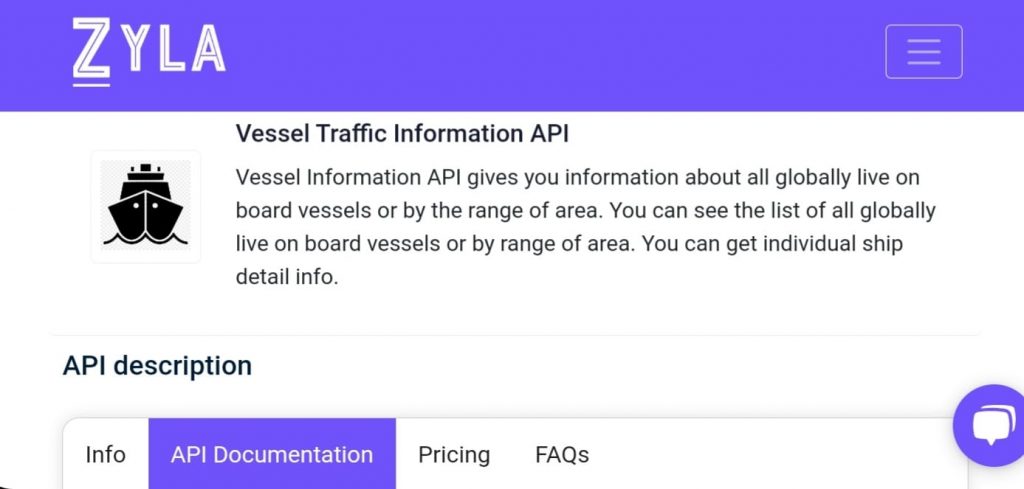Do you want to improve your fleet management? If so, you should try using a ship tracker API. With this tool, you will be able to track the location of your ships, get real-time information about them, and more. Plus, it’s easy to use and can be integrated into your existing systems.
If you manage a fleet of ships, you probably already know how important it is to keep track of their location. This is because it can help you avoid accidents and delays, as well as keep your cargo safe. But it can be difficult to keep track of all your ships at once. That’s where a ship tracker API comes in.
How Can A Ship Tracker API Improve Your Fleet Management?
- First, it can help you keep track of your fleet’s location and ensure that they are moving according to schedule. This can help you avoid delays and ensure that your cargo arrives on time.
- Second, a ship tracker API can help you save money by preventing accidents and damage to your fleet. This can save you money on insurance premiums and repairs.
- Finally, a ship tracker API can help you save time by automating some of the tasks involved in fleet management.

Uses Cases
There are many different ship tracker APIs available, so it’s important to choose one that meets your needs. If you’re looking to improve your business with a ship tracker API, we recommend Vessel Traffic Information API.
Your shipping and logistics processes can be optimized with the aid of the Vessel Traffic Information API. You can get real-time information on ship movements, such as positions, speeds, and routes, using this API. You may use this information to organize your shipment timetables and routes quite effectively.

How Do I Use the Vessel Traffic Information API?
1- Go to Vessel Traffic Information API and simply click on the button “Try Free for 7- Days ” to start using the API.
2- After signing up in Zyla API Hub, you’ll be given your personal API key. Using this one-of-a-kind combination of numbers and letters, you’ll be able to use and integrate the API into your application.
3- Employ the different API endpoints depending on what you are looking for.
4- With your API key, you can already integrate the API in the language you need. In the mentioned URL, you can find a lot of Code Snippets, that can facilitate your integration.
Features
You can explore five different endpoints:
- GET VESSEL DATA BY SHIP ID.
- GET VESSELS BY GEO LOCATION.
- GET VESSEL DATA BY SHIP NAME
- GET VESSEL BY IMO CODE.
- GET CURRENT ROUTE BY IMO CODE.
For instance, the API result if you select “GET VESSELS DATA BY SHIP NAME” will be:
API Responses:
{
"ship_name": "CL DALIAN",
"total_vessel": 1,
"vessels": [
{
"COURSE": "95",
"DESTINATION": "ES ALG",
"DWT": "81700",
"ELAPSED": "550",
"FLAG": "HK",
"GT_SHIPTYPE": "6",
"HEADING": "95",
"LAT": 40.58742,
"LENGTH": "229",
"LON": -33.16847,
"L_FORE": "198",
"ROT": "0",
"SHIPNAME": "CL DALIAN",
"SHIPTYPE": "7",
"SHIP_ID": "726545",
"SPEED": "110",
"TYPE_NAME": "Cargo",
"WIDTH": "32",
"W_LEFT": "12"
}
]
}
As we said before a Vessel Traffic Information API now has a seven-day trial period available. If you want to receive more API requests, you have a lot of options that will all more than suffice. Thank goodness, all popular debit and credit cards are accepted by Zyla API Hub. This payment system is powered by Stripe, one of the most well-known payment processors in the world, and uses the most advanced security technologies available.

